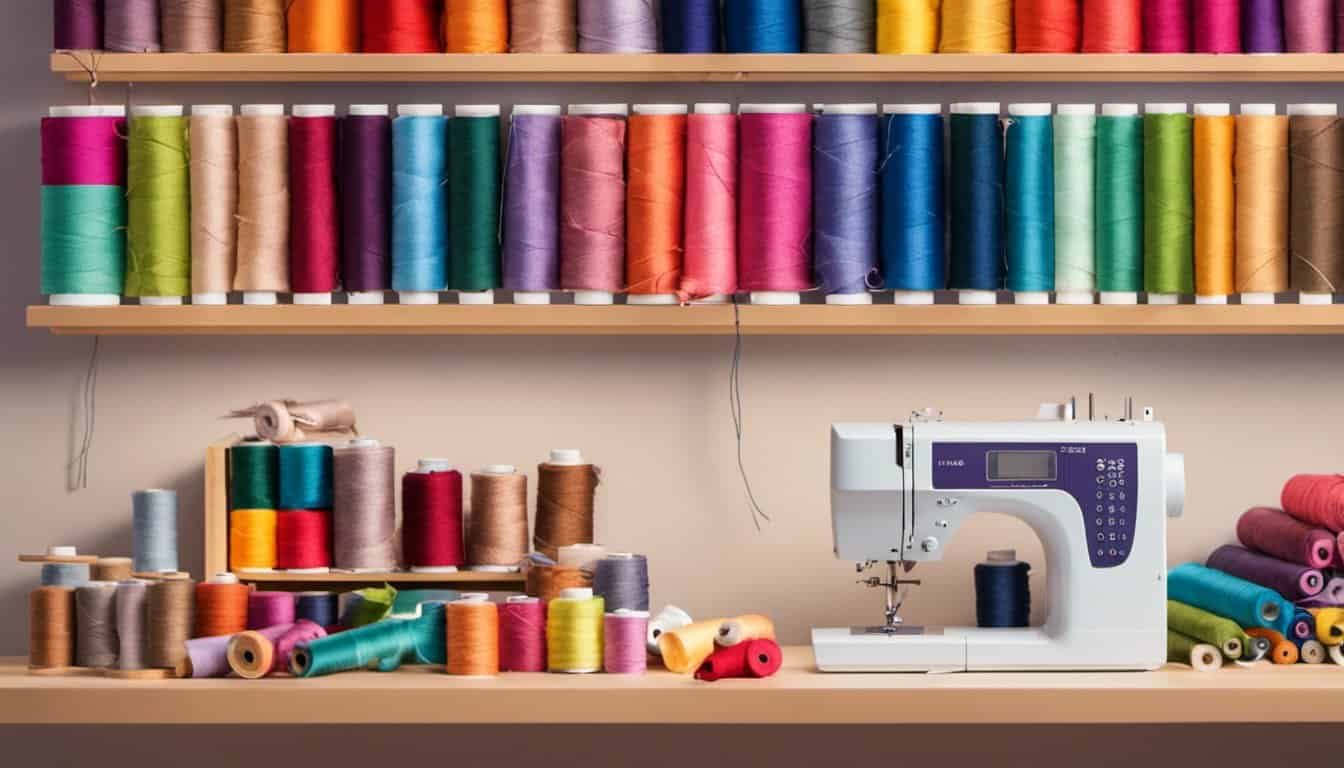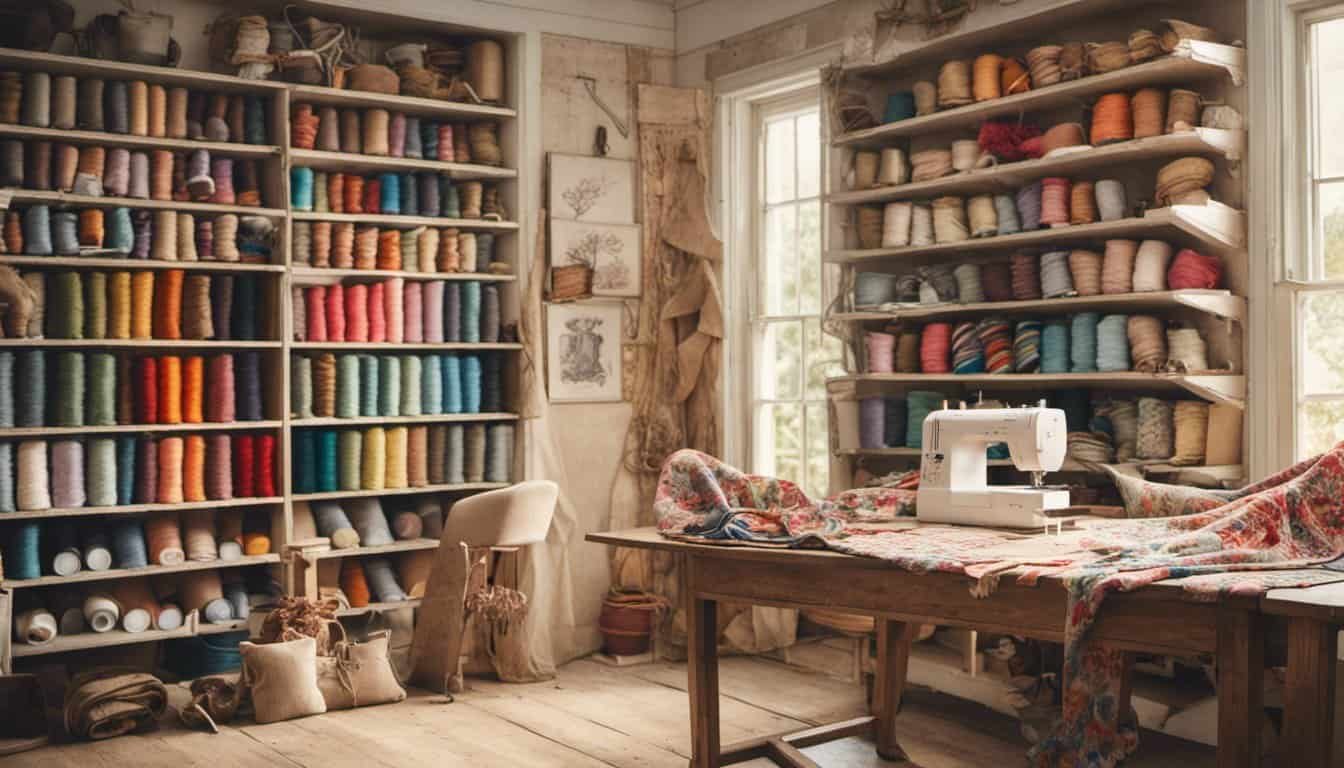Sewing curves can be tricky, especially when you’re trying to avoid those frustrating puckers. I’ve been there, struggling to get that smooth, flawless finish on my projects. But don’t worry—I’ve discovered some simple techniques that make sewing curved seams a breeze.
In this article, I’ll share my best tips and tricks to help you achieve professional-looking curves without the hassle. Whether you’re a beginner or a seasoned sewist, these methods will help you create beautiful seamless designs every time.
Understanding Curved Seams
Curved seams add elegance and shape to garments and projects, but they require precision to achieve a smooth finish. Unlike straight seams, curved seams involve changing the direction of the fabric, which can easily lead to puckering if not handled correctly.
Key Characteristics of Curved Seams
- Flexibility: Curves allow for more dynamic designs, fitting contours of the body or intricate patterns in projects.
- Precision Cutting: Accurate cutting is essential. Even slight deviations can cause uneven tension and puckering.
- Grain Alignment: Ensuring fabric grain lines follow the curve helps maintain fabric stability and reduces stretching.
- Seam Allowance Control: Consistent seam allowances along the curve prevent excess fabric from bunching.
Common Challenges
- Uneven Tension: Maintaining uniform tension throughout the curve is crucial. Inconsistent stitching can create gathers.
- Fabric Type: Stretchy or lightweight fabrics behave differently from heavy or non-stretch fabrics, affecting how seams set.
- Hand vs. Machine Sewing: Hand sewing curves requires different techniques compared to machine sewing to ensure smoothness.
Techniques to Manage Curved Seams
- Basting: Temporarily stitching the curve helps hold the fabric in place before final stitching.
- Bias Binding: Using bias tape along the curve provides flexibility and reduces puckering.
- Clip and Notch: Cutting small clips and notches along the seam line allows the fabric to lay flat without bunching.
Understanding these aspects of curved seams sets the foundation for mastering techniques that eliminate puckering and enhance the quality of your sewing projects.
Preparing Your Fabric
Proper fabric preparation ensures smooth curved seams without puckering. I follow these steps to set the foundation for flawless results.
Choosing the Right Fabric
Selecting the appropriate fabric is crucial for curved seams. I consider the following factors:
- Fiber Content: Cotton, silk, and polyester offer different levels of flexibility.
- Weight: Lightweight fabrics like chiffon ease curve sewing, while heavier fabrics like denim require more precision.
- Grain Direction: Aligning the fabric grain prevents distortion during sewing.
- Stretchability: Non-stretch fabrics maintain their shape, reducing puckering.
Proper Fabric Preparation
- Washing and Drying: Pre-wash fabric to eliminate shrinkage and ensure consistent texture.
- Ironing: Press fabric thoroughly to remove wrinkles and set creases, providing a smooth surface for sewing.
- Marking Seam Lines: Use water-soluble pens or chalk to accurately trace curve lines, ensuring precise cutting and sewing.
- Stabilizing Fabric: Apply interfacing or stabilizer to delicate or stretchy fabrics to maintain shape during stitching.
Selecting the Right Sewing Tools
Choosing the proper tools prevents puckering in curved seams. I focus on selecting the right needles, threads, and adjusting machine settings.
Needles and Threads
I select sharp, size 70/10 universal needles for most fabrics. For delicate materials, I use ballpoint needles to avoid snags. Polyester threads provide strength and flexibility, minimizing puckering. Matching thread weight to fabric type ensures optimal results. For example, lightweight cotton fabrics pair well with fine threads, while heavyweight denim requires thicker threads.
Sewing Machine Settings
I set my sewing machine to a 2.5 mm stitch length for smooth fabric movement. Adjust tension settings based on fabric type: use a tension of 4 for lightweight fabrics and 6 for heavier materials. Employ a walking foot to maintain even fabric feed, preventing puckering along curved seams. Additionally, I lower the presser foot pressure when working with delicate or slippery fabrics to ensure precise stitching.
Techniques for Sewing a Curved Seam Without Puckering
Achieving smooth curved seams takes practice and the right techniques. Here are some methods that help eliminate puckering.
Guiding the Fabric
Properly guiding the fabric ensures even stitching around curves:
- Use a Curved Seam Ruler: This tool helps maintain consistent curve lines, preventing uneven stitching.
- Pin Along the Seam Line: Place pins perpendicular to the curve to keep fabric layers aligned without stretching.
- Stabilize with Tissue Paper: Insert tissue paper inside the curve to support the fabric, reducing tension and puckering.
- Slow and Steady Movement: Sew at a controlled pace to allow the machine to follow the curve accurately.
Managing Seam Allowances
- Consistent Seam Width: Maintain a uniform seam allowance (typically 5/8 inch) to ensure even stitching around the curve.
- Clip Curves Carefully: Trim excess fabric at curve points without cutting the seam allowance, allowing the fabric to lay flat.
- Notch Seam Edges: Make small cuts in the seam allowance at curves to prevent fabric layers from pulling and puckering.
- Press Seams Appropriately: Use steam and irons to press seams open or to one side, which helps the fabric settle smoothly along the curve.
Finishing Your Seam
Properly finishing your seam ensures a polished and durable result. I press the seam immediately after sewing, using a warm iron to set the stitches. If the fabric is delicate, I place a pressing cloth between the iron and the fabric to prevent damage.
Next, I trim any loose threads to keep the seam neat. If the seam allowance allows, I trim it to about 1/4 inch to reduce bulk. For added strength, I topstitch along the curve, following the seam line closely. This step secures the seam and maintains its shape.
When working with stretchy or delicate fabrics, I apply a serger or use a zig-zag stitch to finish the edges. Stabilizing the seam helps prevent fraying and maintains the integrity of the curve. Finally, I inspect the seam to ensure it lies flat and smooth. Adjustments might include additional pressing or trimming to achieve the desired finish.

By following these finishing steps, I enhance the durability and appearance of my curved seams, ensuring they complement the overall design of my sewing projects.
Common Mistakes to Avoid
- Uneven Tension
Uneven tension pulls the fabric inconsistently, causing puckers. I regularly adjust my sewing machine’s tension settings to match the fabric type, ensuring smooth stitches.
- Improper Fabric Guidance
Poor guidance leads to uneven seams. I use a curved seam ruler and pin the fabric accurately along the seam line to maintain control during sewing.
- Inconsistent Seam Allowance
Varying seam allowances distort curves. I mark a consistent seam allowance before sewing and follow it precisely to keep the curve smooth.
- Skipping Clipping and Notching
Not clipping or notching increases fabric stress, resulting in puckering. I always clip excess fabric and notch the seam edges at curves to allow the fabric to lay flat.
- Using the Wrong Needle or Thread
« How to Sew a Basic Hem by Hand: 7 Secrets Every Beginner Should Know
You Won’t Believe These 5 Tips for Improving Your Sewing Skills Fast »
Inappropriate needles or threads affect stitch quality. I choose sharp, size 70/10 universal needles and polyester threads that match the fabric’s weight and type for optimal results.
- Rushing the Sewing Process
Sewing too quickly reduces accuracy. I maintain a controlled sewing pace to ensure each stitch aligns correctly along the curved seam.
- Neglecting Fabric Preparation
Unprepared fabric can lead to unexpected puckers. I thoroughly wash, dry, and press my fabric before sewing to eliminate shrinkage and wrinkles that interfere with smooth seams.
- Ignoring Grain Alignment
Misaligned grain disrupts the curve’s flow. I align the fabric’s grain correctly before cutting and sewing to maintain the intended shape of the seam.
- Inadequate Pressing Techniques
Improper pressing sets puckers in place. I press seams with the appropriate heat and pressure, using a pressing cloth for delicate fabrics to keep the curve crisp and smooth.

- Overlooking Machine Maintenance
A poorly maintained machine causes stitch inconsistencies. I regularly clean and lubricate my sewing machine, replacing needles and threads as needed to ensure reliable performance.
Conclusion
Sewing curved seams without puckering can seem tricky but it’s totally achievable. I’ve found that with the right techniques and a bit of patience you can create smooth and professional-looking curves in your projects.
Experimenting with different methods has really boosted my confidence and improved my sewing skills. Don’t be afraid to try out the tips and tools we’ve discussed. Each project is a chance to refine your approach and get better.
Enjoy the process and celebrate your progress. Every stitch brings you closer to mastering those beautiful curved seams. Happy sewing!


















